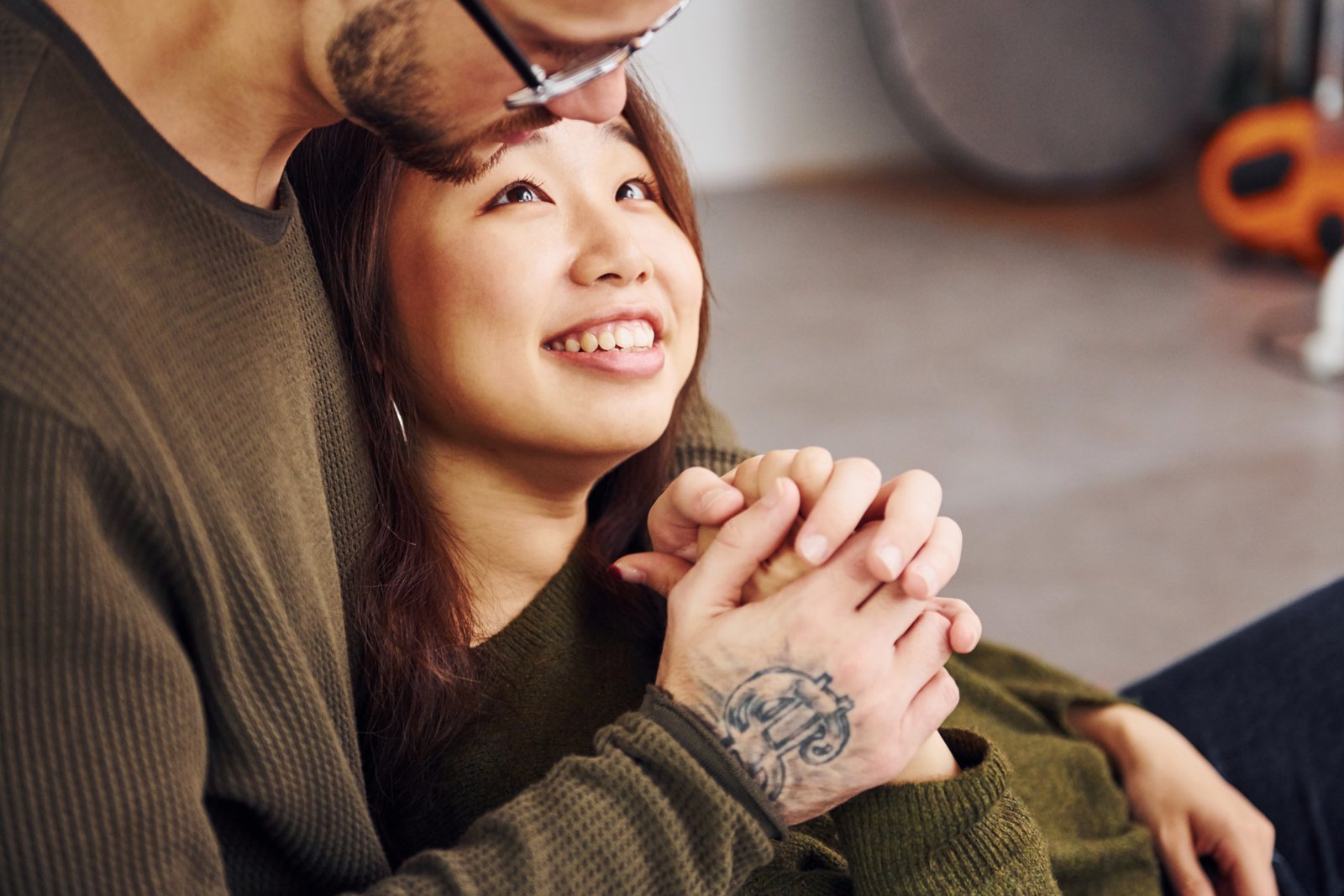Table of Contents
Private anxiety help starts with a sobering truth: nearly 20% of adults contend with anxiety disorders, marking it as today’s most common mental health challenge. Picture the racing heart or flood of spiraling thoughts hitting you unexpectedly.
It could strike during a critical presentation or alone at 2 AM. For those seeking private anxiety help, that tightening grip feels painfully familiar, yet relief doesn’t require a public announcement.
These five discreet steps deliver fast, effective ways to reclaim calm on your terms. No spotlight needed, just practical tools tailored for privacy.
Decoding Anxiety’s Hidden Signals
Anxiety operates like an overzealous guard, always on alert. Historically, it protected our ancestors from predators or starvation by sharpening their senses.
Today, it misfires, turning a work deadline or crowded elevator into a crisis. Your pounding chest signals your body gearing up, while “what-ifs” flood your mind as a defense mechanism.
Even that stomach knot has roots in survival, though it’s misplaced now. Psychologist Dr. Sarah Mitchell explains, “Anxiety isn’t your foe; it’s an alarm that’s lost its calibration.”
This understanding is key to private anxiety help. Millions face this silently, yearning for solutions that don’t demand attention. These steps answer that call with quiet precision.
Step 1: Mapping Your Anxiety Triggers
Private anxiety help begins by charting your triggers. This isn’t obsessive analysis; it’s noticing what sets it off. Sarah, a designer, learned this firsthand.
“I thought my anxiety was random,” she says. “Then I saw it spiked Sundays before meetings or tight deadlines. That clarity gave me control.”
No fancy apps or journals required, just attention. Does it hit during morning chaos, endless social media scrolls, or late-night stillness? Physical cues matter too.
A clenched jaw, shallow breaths, or racing pulse are telltale signs. Neuroscientist Dr. James Cooper says observing these reduces stress by 30%, offering a clear starting point.
It’s a private process, no one else needs to know. Curious about triggers? See this American Psychological Association guide.
Step 2: Harnessing the Power of a Mindful Pause
A mindful pause is a vital piece of private anxiety help. It’s not hours of meditation, just a quick anchor to now. Michael, a lawyer, perfected this in tense meetings.
“I used to escape for air,” he recalls. “Now I feel my feet on the floor, my pen’s weight, my coffee’s warmth, right at the table.”
Neuropsychologist Dr. Elena Rodriguez notes it activates your parasympathetic system, calming you instantly. Lisa, a teacher, weaves it into her bustling classroom days.
She tunes into her breath or a student’s giggle. Start small: feel your chair, hear the hum of your space. It’s unobtrusive and strengthens over time.
This fits anywhere, from desks to commutes. Dive deeper with our beginner’s guide to mindfulness.
Step 3: Reconnecting Body and Mind Through Movement
Anxiety often splits body and mind, but movement mends that divide. You don’t need a gym; subtle actions work wonders. Rebecca, an accountant, discovered this during tax season.
“Desk yoga saved me,” she says. “Shoulder rolls or foot flexes ground me, and no one notices.” It’s private anxiety help at its simplest.
Psychophysiologist Dr. Marcus Chen explains that even slight motion triggers endorphins, cutting cortisol swiftly. Tom, a teacher, presses his feet down mid-lecture.
Sarah, a manager, stretches during client calls. Choose what feels natural: a hand squeeze, a slow step, or a neck roll. It’s your secret weapon.
These moves blend into daily life effortlessly. Explore more with Healthline’s anxiety exercise tips.
Step 4: Assembling a Discreet Support Network
Private anxiety help doesn’t mean going it alone; it’s about subtle support. Maria, an executive, handpicked her crew: “My sister, friend, and therapist are my quiet council.”
She keeps it low-key, no grand reveals. Alex, a coder, finds solace in anonymous online forums, connecting at odd hours without a trace.
Psychologist Dr. Rachel Thompson says a tight, reliable circle rivals larger ones in impact. Jennifer boosts her mood with brief barista chats at her coffee shop.
Build yours however it suits you: quick texts, online therapy, or a trusted listener. It’s backup that honors your boundaries.
Need tips on support systems? Check our guide to creating support networks.
Step 5: Designing Your Personal Calm Strategy
A custom plan locks in your private anxiety help approach. David, an executive, crafted his “stealth reset”: a water sip, posture tweak, and three deep breaths.
It’s invisible yet effective. Psychologist Dr. Lisa Martinez advises, “Make it yours, not borrowed, for the best results.”
Emily, a manager, mixes self-talk, a reassuring hand grasp, and mental beach scenes. She keeps it private, even in busy settings.
Blend what works: breaths, grounding, or a keepsake like a smooth stone. Tweak it until it clicks. It’s not instant perfection but a steady anchor.
This tailored strategy grows more natural with use. It’s the final touch to managing anxiety your way.
Finding Peace on Your Terms
Private anxiety help isn’t about bold gestures or public confessions. It’s a personal toolkit, honed for discretion and calm. These five steps deliver that.
Map your triggers, pause with purpose, move quietly, lean on subtle support, and craft your plan. Together, they hand you the reins without fanfare.
Sarah now navigates her days confidently, calling it her “hidden strength.” You can too, shaping your private anxiety help journey step by step.
Peace builds quietly, proving you don’t need an audience. For more tools, visit our anxiety management tips page.














